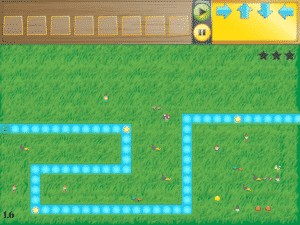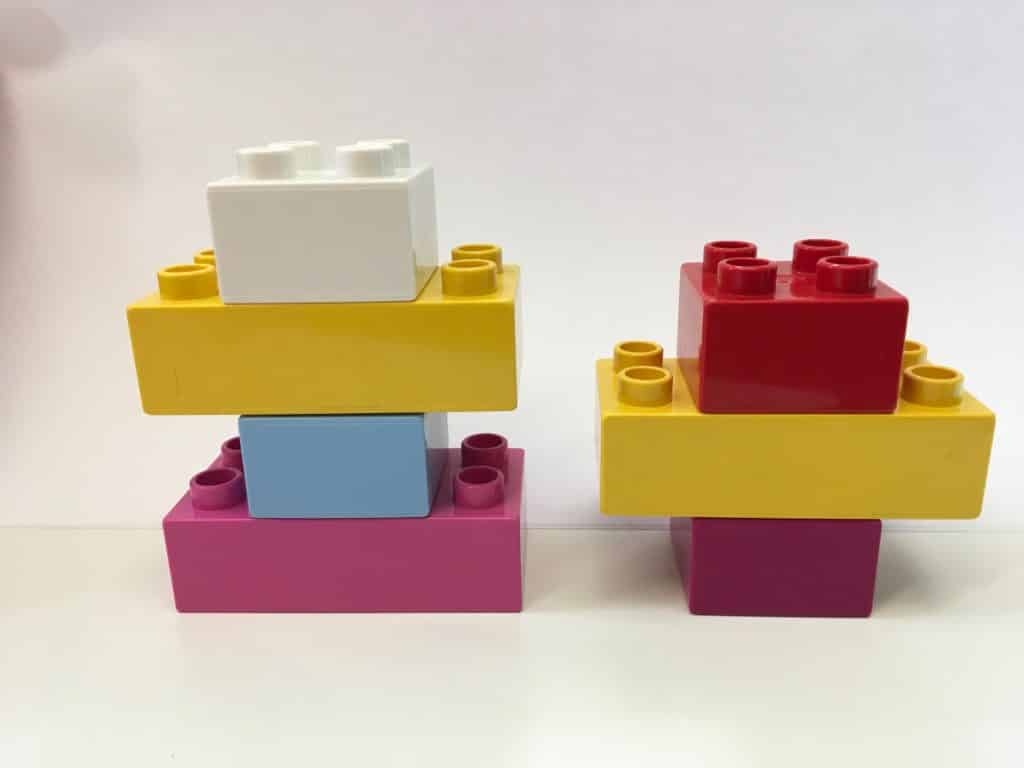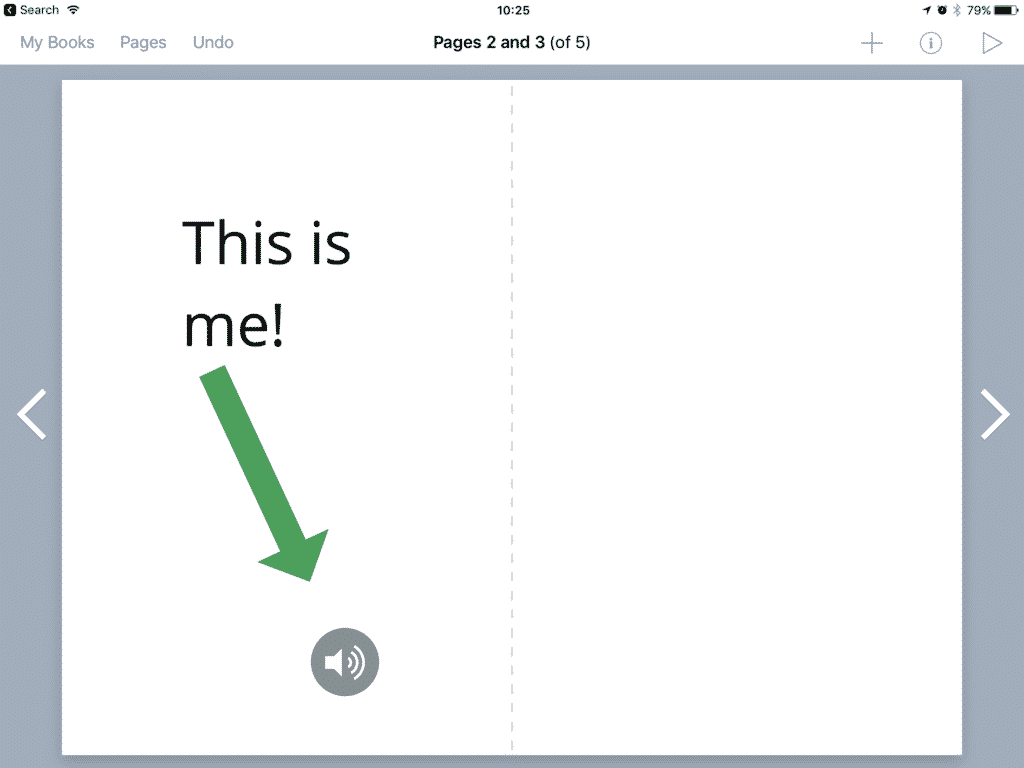Problem Solving and Modelling
4.1
Ready to Subscribe?
Advice
Computational Thinking with Infants
If you are a Foundation Phase teacher, the odds are that you will already have experience teaching many of the computational thinking skills that coding entails. You may not have thought of them as coding activities, but you've likely taught with the Bee-Bot and taught pupils how to follow directions. Both of those are coding activities.
This section gives some general advice on different coding techniques before you delve into the activities for your year group below.
Introduction
Computational thinking in the Foundation Phase is mostly concerned with directions and giving instructions to move people or objects from one place to another. In each activity, one person will give the instructions and another person or object will move accordingly.
The three main 'things' that we control by coding in the Foundation Phase are robots (e.g. Bee-Bot), other humans or an on-screen character. We will look at each of these in turn.
Moving a Robot (e.g. Bee-Bot)
Most Foundation Phase teachers are used to the Bee-Bot, but are you using it effectively to teach the necessary skills?
At this early stage, the important things to focus on are:
- How to input instructions to your robot (i.e. what do the different buttons do)?
- How to move forwards, backwards and turn left and right?
- Using prepositions and, depending on ability, compass points.
- Recognising and using arrow symbols.
When using the Bee-Bot, it's useful to know that each forward or backwards movement is 15cm in length. This is useful knowledge for two reasons:
- You can create a grid of 15cm x 15cm squares on the floor using tape. Pupils can then code the Bee-Bot to various locations within the grid.
- You can make Bee-Bot rulers of 15cm length (out of cardboard or with lego/cubes) and pupils can use them to predict how many forward movements the Bee-Bot needs to reach it's destination without the aid of a grid.
Moving Humans
There's no better way to introduce coding than to ask them to give instructions to a teacher or friend so as to move them around the room. This helps with their language, vocabulary and confidence as they have to call their instructions out loud but it also brings computational thinking concepts to life in a way that playing a coding game on an iPad does not do.
Moving an On-Screen Character
There are hundreds of coding games available on iPads or online, most of which are free and of good quality. For the younger pupils we would suggest simple apps like Bee-Bot and Kodable. Whilst just letting them play with the apps will help develop their skills, you will find year-specific tasks below that take the learning further.


Focus Tasks
Problem Solving in Reception
Most of the 'Computational Thinking' skills in Reception involve the pupils following instructions rather than creating their own codes. Here are suggestions for each of the skills:
Complete patterns and sequences.
- Find / create cards showing the various stages of a daily routine (e.g. getting ready in the morning, making a sandwich) or the story of a class reading book. Make sure the last card is hidden. Pupils arrange the pictures in order and then draw their own picture for the final step.

Listen to, and follow, a sequence of instructions
- The teacher builds a simple Duplo creation and then gives the pupils instructions on how to replicate it step by step.
- Decorate cupcakes following simple instructions (e.g. "Put blue icing on the top, add three smarties etc.)
- Hide 'treasure' in the class and guide the pupils to it, helping them learn the terms forwards, backwards, turn left and turn right. Extend by starting to use prepositions (e.g. behind, in front of, next to)
- Pupils move a Bee-Bot (or any toy) by hand according to your instructions.
- Note: The pupils should be following spoken instructions, so either read them out or record them in advance.
Create verbal instructions
- Pupils record their own simple instructions for any of the tasks suggested in the previous paragraph on white boards or pegs with recording capabilities.
- Similarly, they could record their voices on a Book Creator page using the iPads (with adult support).

Control devices by giving them instructions
Using the Bee-Bots the pupils should enter a group of commands at a time to make the Bee-Bot move to a specified location (e.g. Forward, Forward, Forward, Right, Forward). This is a step up from the Nursery activity as the pupils are expected to enter more than one command at a time.
If you have a Bee-Bot mat then there will likely be locations on it already for you to use. Otherwise, create a grid on the floor out of tape (each square should be 15cm x 15cm) and add some locations that match your theme (e.g. different fruits).
Enhanced Provision
Problem Solvers
As with all enhanced provision, the goal is to give the pupils regular opportunities to practise their skills.
Once pupils have completed any of the focused task above, most can be easily modified into enhanced provision. For example:
- Controlling devices shouldn't be constrained to Bee-Bots and toys. Show them how to use some real life devices as well, such as a microwave or a digital alarm clock.
- Create a "Duplo of the Week" with recorded instructions. Pupils follow the instructions to copy your creation.
- Create cards with sequences for all kind of events that the pupils will be familiar with (e.g. brushing teeth, making toast, coming to school, schoolday, going swimming etc.) Remember to leave out the last card. Put out a different set each week for pupils to arrange in order and complete.
- Have pieces of treasure that one pupil can hide before recording directions for others to find it.
- Make the Bee-Bots and the grid/mats available for pupils to use in their own time. (Make sure it always has a working battery!)
